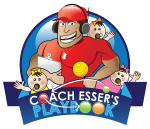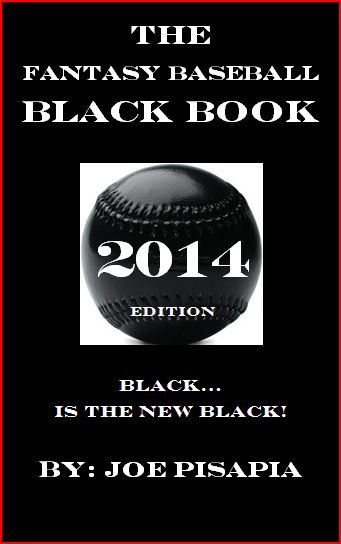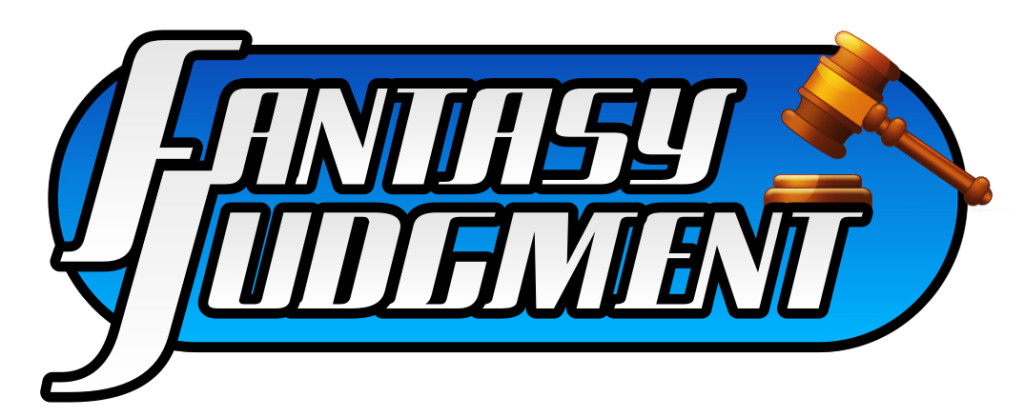Episode 004: The Fantasy Coach Podcast
Episode 004 of The Fantasy Coach Podcast
Talking Fantasy Baseball with all your news, notes and Waiver Wire Additions
Featuring: Jonathan Vandersluis Owner/ Editor of TopTeamFantasy.com
About My Guest: Jonathan Vanderluis (@Jonathan_TFF on Twitter)
Jonathan has been playing fantasy sports for almost a decade, first football and then quickly to baseball and basketball too, and founded TopTeamFantasy.com in 2013. He has always been a numbers guy, so fantasy sports provided the perfect place for him to combine his analytical skills with his passion for sports. Jonathan makes Toronto, Canada his home, but loves to travel every chance he gets and explore new places. Follow Jonathan on Twitter@Jonathan_TTF, he’d be glad to answer any of your questions and help you win your fantasy league.
Episode Summary: Jonathan and I go over all the big news in Fantasy Baseball as well look for ways to help your teams win this coming week. We cover everything from what to do at first base with Prince Fielder out for the year to if selling high on Johnny Cueto is a good idea.
- Intro
- We get to know about Jonathan and his site TopTeamFantasy.com
- Important News of the week
- Hits and Misses from last week’s episode with Ian Riley
- 2-Start Streamers
- Sell High Candidates
- Buy Low Candidates
- Waiver Wire adds for this week
- Links to articles mentioned by my guest Sell High Pitchers, and Streamers
You can Download this episode as well as the previous three on Itunes and Stitcher Radio.
I would like to thank my guest Jonathan Vandersluis for taking time from his busy schedule to come on the podcast and would also like to thank C-Quel for providing the intro music as well as the outro beat. You can Find all of C-Quel’s current music available here.







